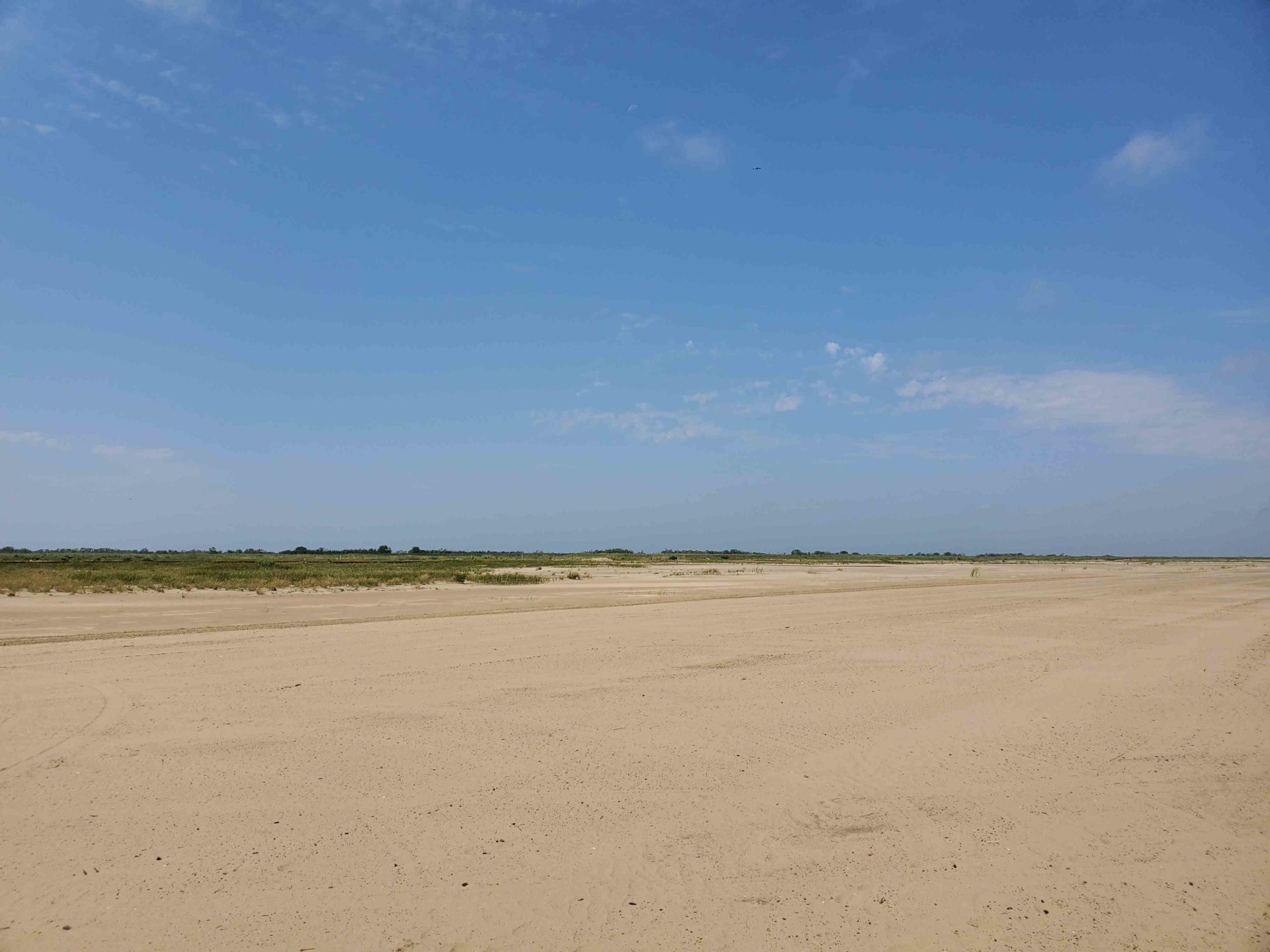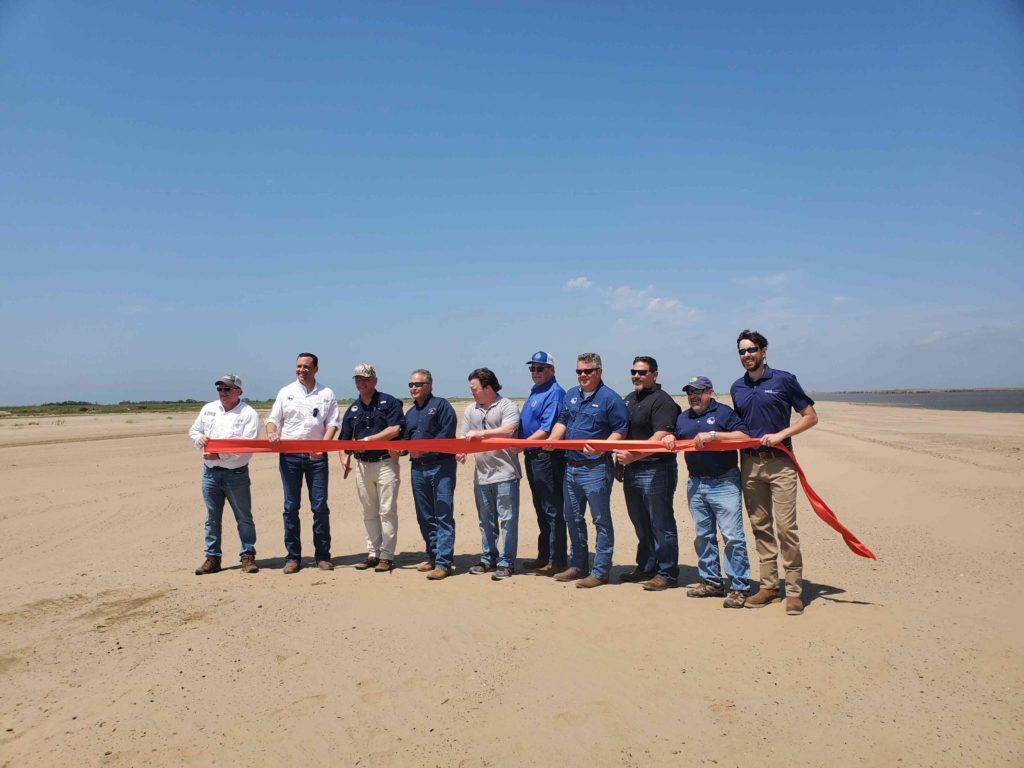On Friday, May 12, 2023, LWF joined state and local officials including Governor John Bel Edwards, the Coastal Protection and Restoration Authority (CPRA), Plaquemines Parish President Keith Hinkley, and State Representative Mack Cormier for a ribbon cutting event to commemorate the completion of the Spanish Pass Increment of the Barataria Basin Ridge and Marsh Creation Project.
The project is one of several large-scale restoration projects that will benefit thousands of acres of marsh in the Barataria Basin and was a was a priority of the state’s 2017 master plan. It is currently the largest marsh creation project to date, both in acres built and volume dredged – though CPRA Chairman Chip Kline was quick to note that that title will soon be surpassed by a large-scale marsh creation project in Lake Borgne, which will just barely surpass Spanish Pass by acreage.
Prior to construction of the project, the land we stood on was open water. Plaquemines Parish was ground zero for the Deepwater Horizon oil spill. The project is located approximately 50 miles from where the disaster struck in 2010.
The $100 million project, funded with oil spill settlement dollars, began in September 2021 and built approximately 1,700 acres of habitat across six miles of ridge just west of Venice.
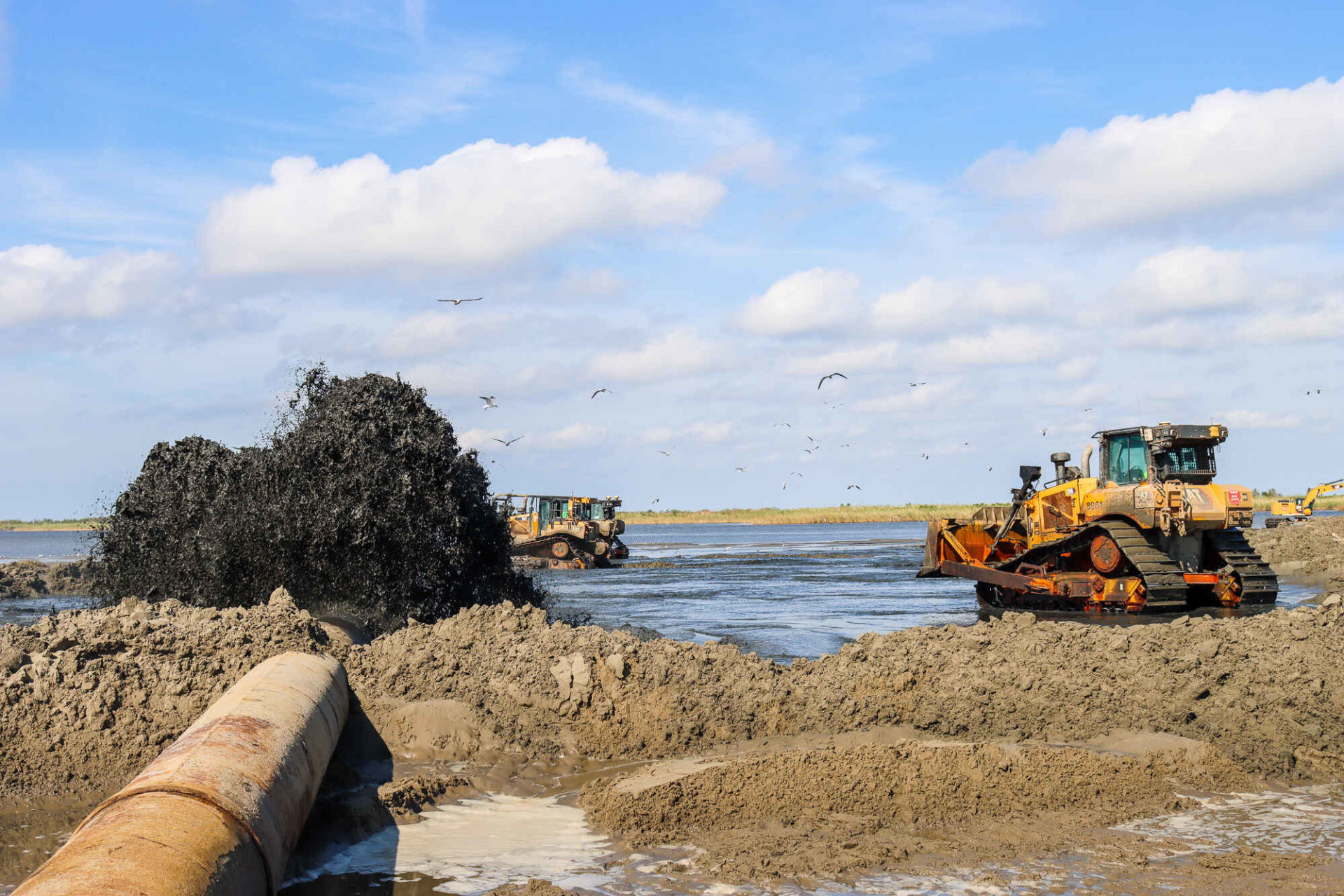
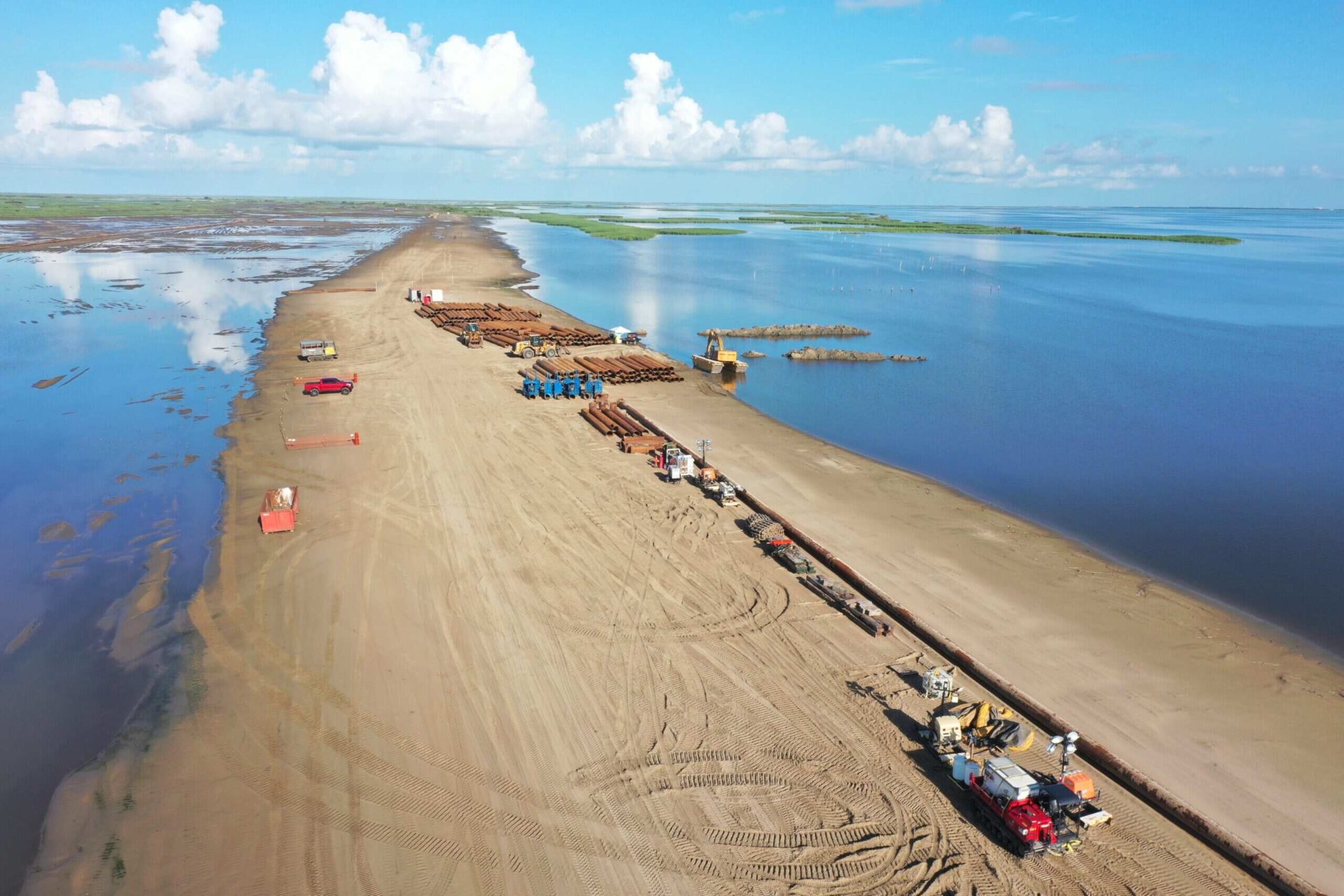
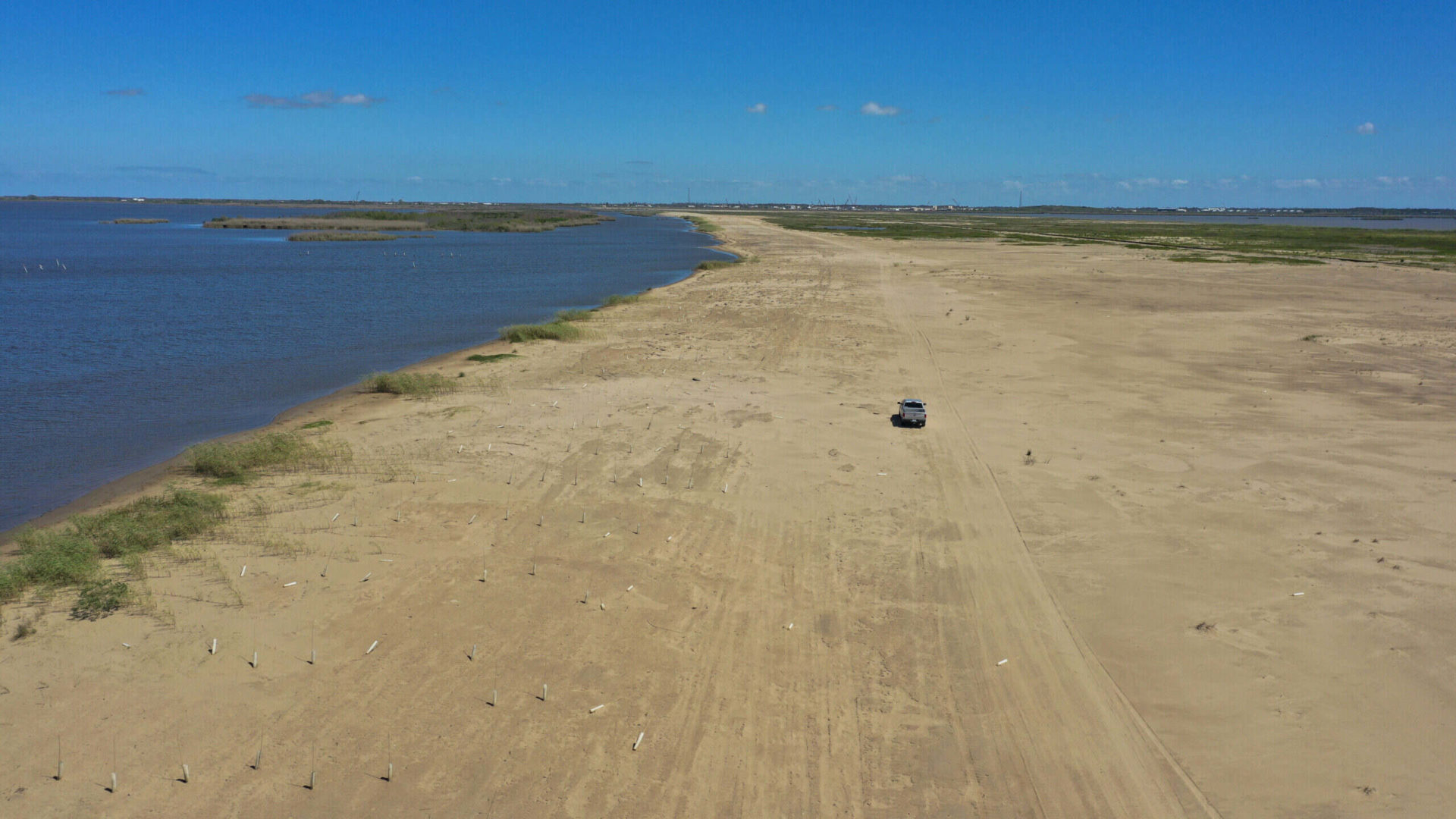
“We’re standing on what was once open water and is now nearly 2,000 acres of restored marsh and ridge. Through record breaking projects and largest-ever levels of investment, we’ve set ourselves apart from our peers and brought Louisiana to the forefront of the fight against coastal land loss,” said Gov. John Bel Edwards. “Our continued investments in the critical projects laid out in the 2023 Coastal Master Plan mark our commitment to preserving our coast and our way of life for generations to come.”
“The completion of this project provides additional protection for Louisianans, new habitat for wildlife, and, most importantly, an investment in our future. We must build on this momentum and fight for the funding that will allow us to continue pursuing large, transformational projects,” said CPRA Chairman Chip Kline.
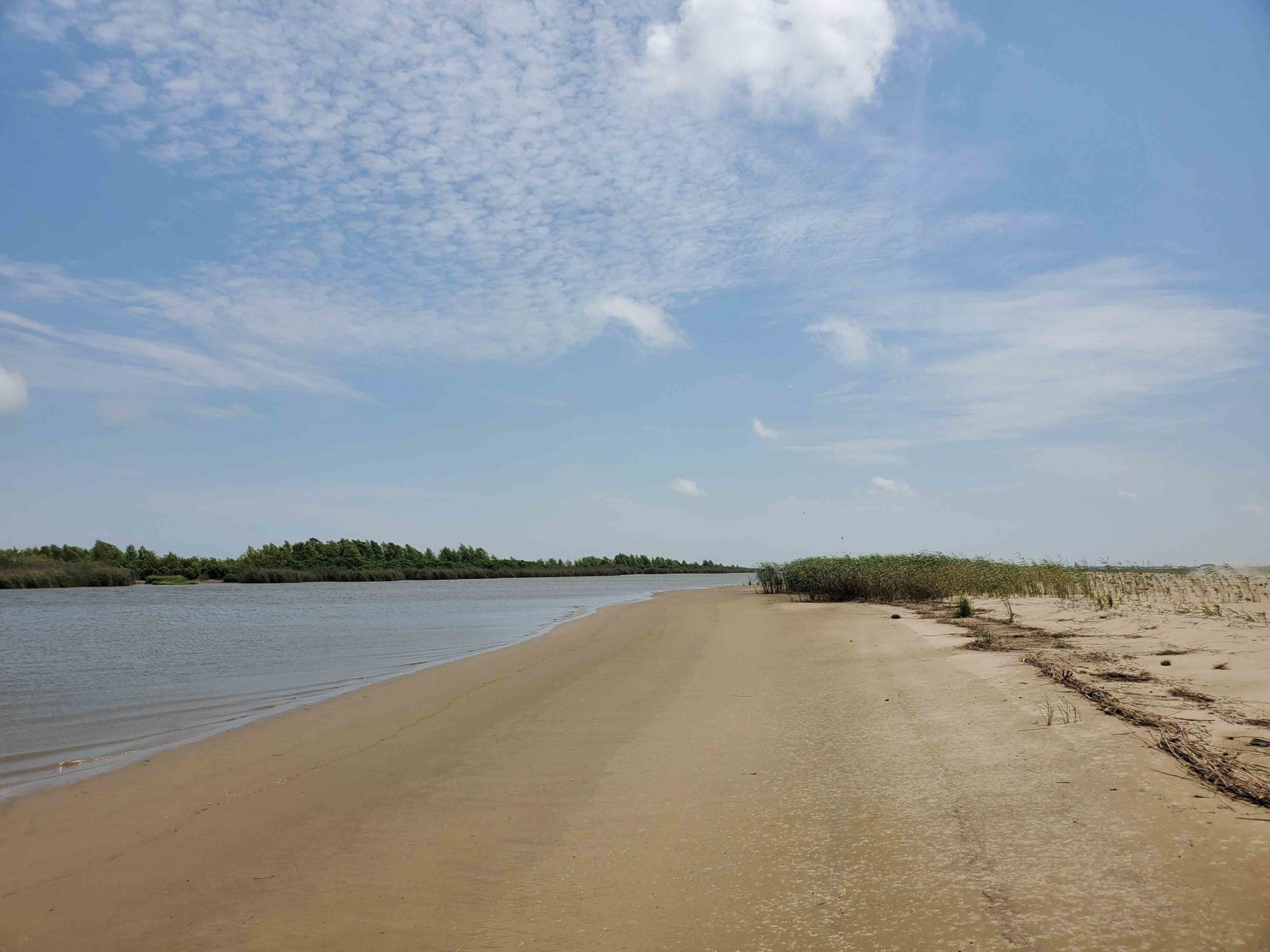
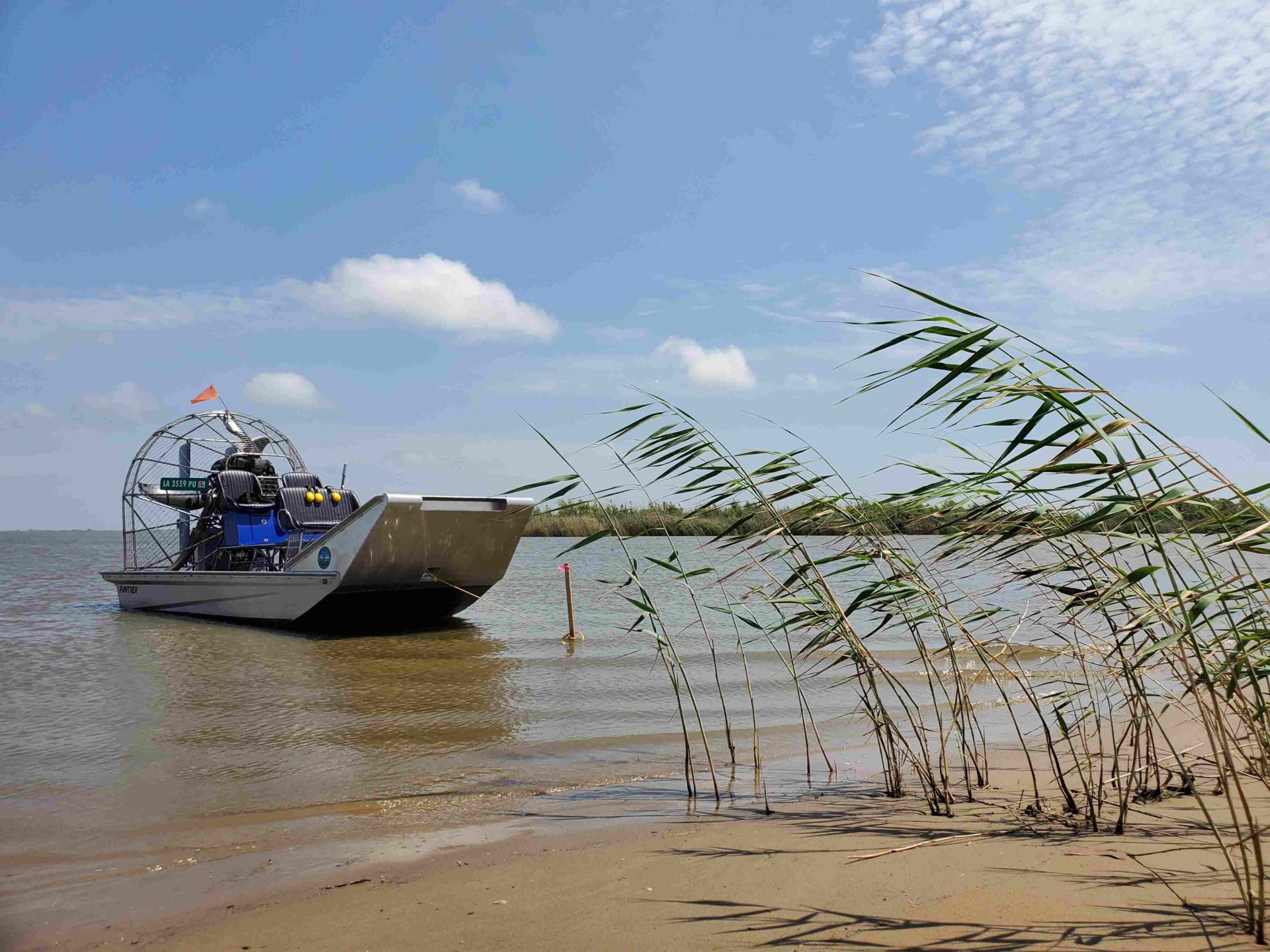
In all, nearly 11 million cubic yards of sediment were pumped from the Mississippi River to build this latest stretch of Louisiana – an amount that, he said, would have taken over 2,500 dump trucks each day. That’s enough material to fill the Superdome two and a half times.
“This is one of several large-scale restoration projects that will all work together to benefit the Barataria Basin [which stretches from the Mississippi River to Bayou Lafourche]. There are nine parishes that are going to benefit from these efforts. It’s also one of the nation’s most productive estuaries. It provides a critical storm surge buffer for inland communities and the strengthening of the Barataria Basin is a priority of our coastal program,” said Governor Edwards during the ceremony.
In his closing remarks, Kline made an important statement as to why restoring Louisiana’s coast is important not only to coastal residents and not only to the state but to the entire country:
“The issue of coastal protection and restoration affects every single aspect of this state’s economy. You could have the best hospital in the world…and if you have six feet of water in it, it’s useless. You could be an advocate for criminal justice reform in this state. Do you know what it takes to evacuate a state prison in this state? I’ve seen the governor doing it during [Hurricane] Ida because of it’s threat from storm surge. Do you know what happens to the Mississippi River when our electrical grid infrastructure falls into it because it is susceptible to storm surge? It shuts down the busiest waterway in the country. Do you know what happens to our universities and our higher education system when our campuses are underwater? Students are out of school for weeks (or months). That’s why the issue of coastal protection and restoration must remain at the forefront of the Plaquemines Parish government, of the state of Louisiana, and the United States – because it effects every single aspect of our economy and our way of life.”
Since 2007, over 19,000 acres of wetlands in the Barataria Basin have been restored. Additional restoration plans are laid out in the 2023 Coastal Master Plan, which identifies 13 projects totaling over $6.5 billion for the Barataria Basin. Once implemented, those projects would restore and maintain over 300 square miles of Louisiana’s coastal wetlands and reduce expected annual damage of up to $15 billion.
Although natural vegetation is already populating some areas of the Spanish Pass restoration project, the ridge habitat has also been planted with woody stemmed species of trees and shrubs to mimic natural ridges. Barataria-Terrebonne National Estuary Program (BTNEP) cultivated plants for this project at their plant production facility on the campus of Nicholls State University. They grew and delivered 46,900 native trees to help secure the newly built ridge with the help of volunteers. BTNEP said they will be delivering another 15,000 trees to the ridges in the coming weeks.
“When I first started at CPRA, we were building restoration projects that were creating about 300-400 acres of land. Today, we are building projects that are creating 1,800-2,000 acres of land per project. This is what progress looks like.”
– Chip Kline, CPRA Chairman
